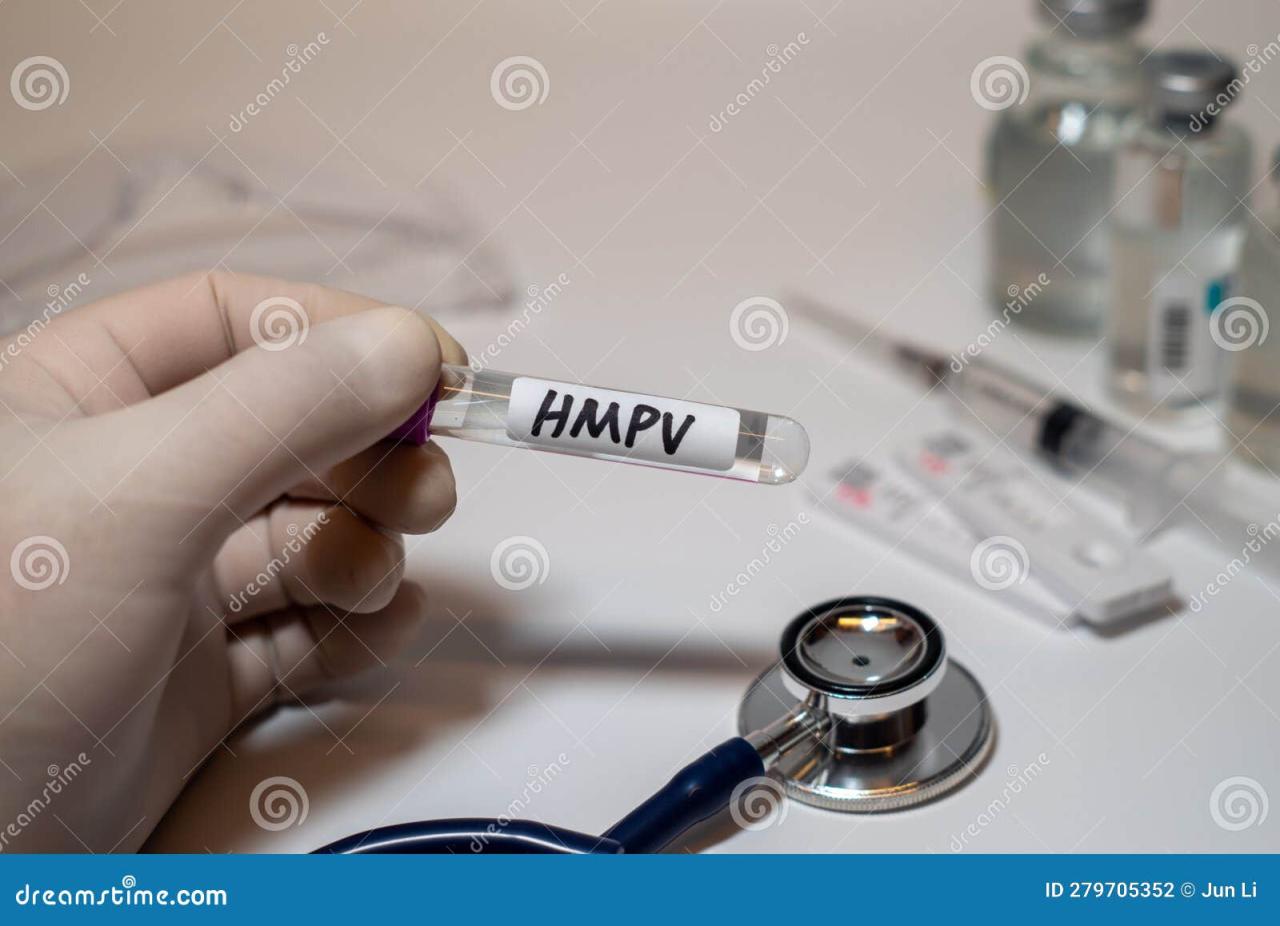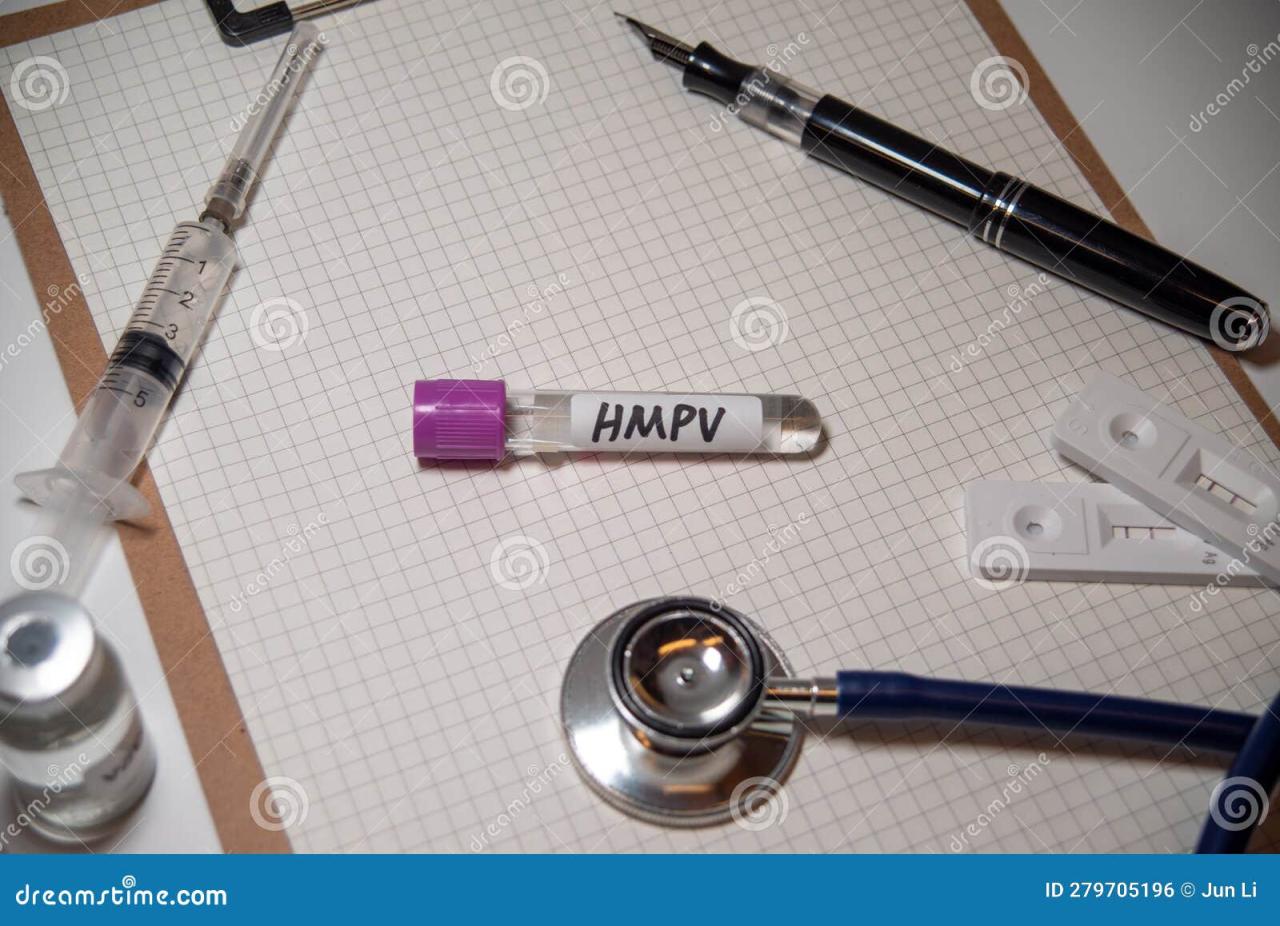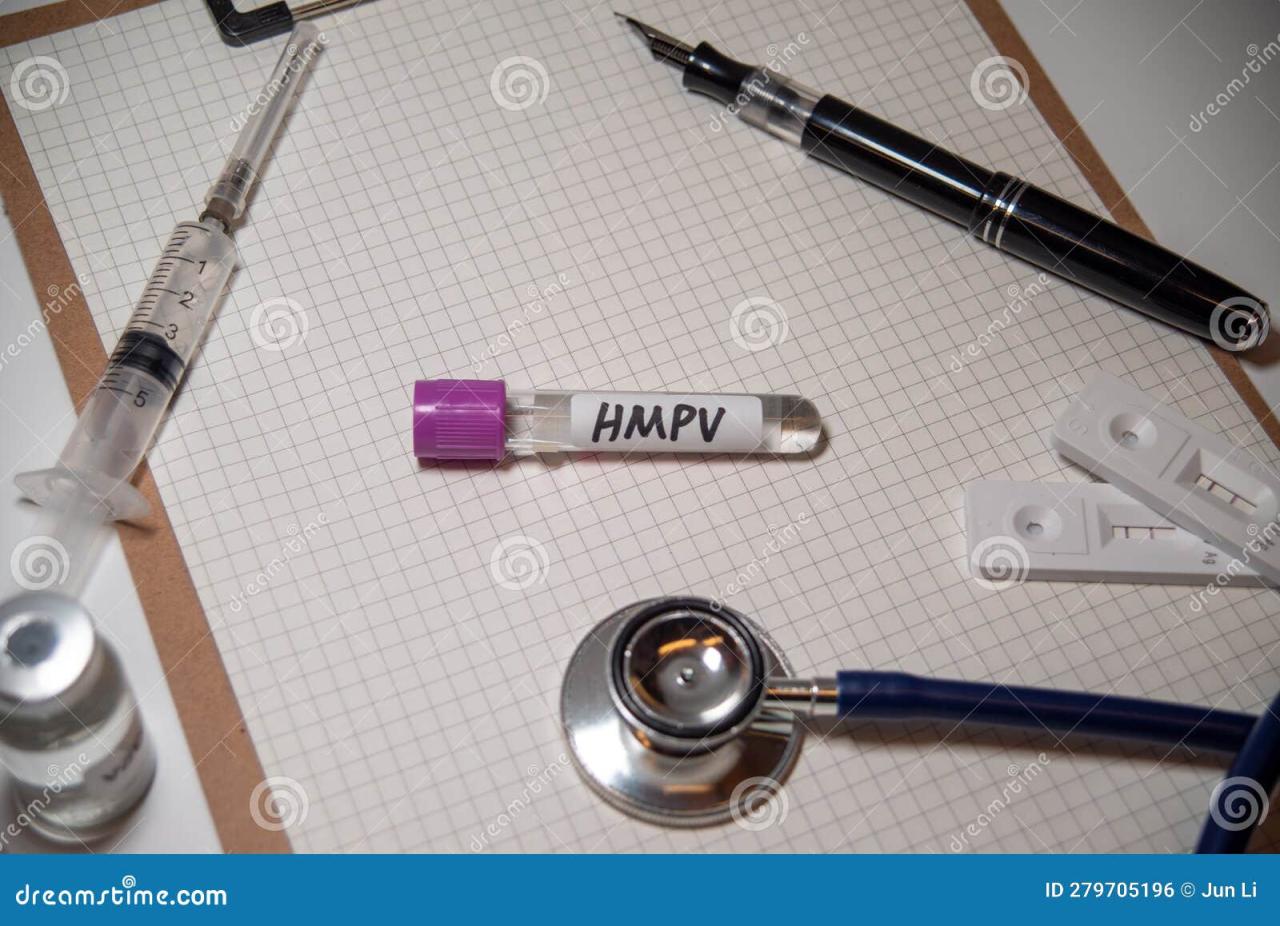Viral disease HMPV is on the rise among kids in China — what is it? This question is prompting concern among health officials and parents alike. Human metapneumovirus (HMPV), a common respiratory virus, is causing a significant increase in infections among children in China. Understanding HMPV’s transmission, symptoms, and treatment is crucial for effective prevention and management of this outbreak.
We’ll explore the virus itself, the reasons behind the current surge, and what steps can be taken to protect vulnerable children.
This article will cover HMPV’s characteristics, the symptoms it causes in children, diagnosis and treatment options, potential contributing factors to the current rise in China, and importantly, prevention strategies. We will also compare HMPV to other common respiratory viruses and discuss potential long-term effects. Let’s delve into the details to better understand this concerning trend.
Human Metapneumovirus (HMPV) Surge in Chinese Children
A recent surge in Human Metapneumovirus (HMPV) infections among children in China has raised concerns. This article provides a comprehensive overview of HMPV, its symptoms, diagnosis, treatment, and the factors contributing to its current rise in China.
Human Metapneumovirus (HMPV): An Overview

Human Metapneumovirus (HMPV) is a common respiratory virus belonging to the Paramyxoviridae family. It’s a significant cause of respiratory illnesses, particularly in young children and infants, and the elderly.
Structure and Genetic Makeup: HMPV is an enveloped, negative-sense, single-stranded RNA virus. Its genome encodes several proteins essential for its replication and infectivity. The viral envelope contains surface glycoproteins, including fusion (F) and attachment (G) proteins, which play critical roles in viral entry into host cells.
Genotypes and Subtypes: HMPV is classified into two major genotypes, A and B, each further divided into subtypes. These genetic variations can influence the severity of infection and the immune response.
Transmission Methods: HMPV spreads primarily through respiratory droplets produced during coughing or sneezing. Close contact with infected individuals facilitates transmission. Contact with contaminated surfaces can also contribute to the spread.
Incubation Period and Duration: The incubation period for HMPV is typically 3-6 days, meaning symptoms usually appear within this timeframe after exposure. The duration of infection varies but often lasts 1-2 weeks.
So, HMPV is hitting kids hard in China right now – it’s a nasty viral infection causing respiratory problems. It’s a reminder that while we worry about things like the Canucks goalie situation – check out this update on the team: Canucks recall Arturs Silovs, Thatcher Demko remains out vs – we shouldn’t forget about the importance of childhood vaccinations and preventative measures against serious illnesses like HMPV.
Staying healthy is a team effort, whether it’s on the ice or at home!
Symptoms and Severity of HMPV Infection in Children

HMPV infection in children presents a range of symptoms, from mild to severe. Severity is influenced by factors like age, underlying health conditions, and the child’s immune response.
Risk Factors for Severe Infection: Premature infants, children with underlying respiratory or cardiovascular conditions, and those with weakened immune systems are at increased risk of developing severe HMPV infections.
Comparison with Other Respiratory Viruses: While symptoms of HMPV infection overlap with those of RSV and influenza (e.g., cough, fever, runny nose), HMPV may be associated with more bronchiolitis in younger children compared to influenza. RSV often causes more severe lower respiratory tract infections than HMPV.
| Symptom | Severity Level | Frequency |
|---|---|---|
| Cough | Mild to Severe | Very Common |
| Fever | Mild to Moderate | Common |
| Runny Nose | Mild | Common |
| Wheezing | Mild to Severe | Less Common |
| Shortness of Breath | Moderate to Severe | Less Common |
Diagnosis and Treatment of HMPV, Viral disease HMPV is on the rise among kids in China — what is it?
Diagnosing HMPV infection typically involves laboratory tests to detect the virus in respiratory samples (nasal swabs or washes). Rapid diagnostic tests and PCR are commonly used.
Treatment Options: Currently, there is no specific antiviral treatment for HMPV. Treatment focuses on supportive care to manage symptoms and prevent complications.
Supportive Care: This includes adequate hydration, rest, and over-the-counter medications to relieve fever and discomfort. In severe cases, hospitalization may be necessary for oxygen therapy and respiratory support.
Diagnostic Flowchart (Illustrative):
1. Respiratory Symptoms (cough, fever, etc.) ->
2. Rapid Antigen Test (RAT) or PCR test ->
3. Positive Result: HMPV infection confirmed; Negative Result: Consider other respiratory pathogens. ->
4.
Treatment: Supportive care based on symptom severity.
The Current Rise of HMPV in China: Potential Factors
Several factors might contribute to the increased HMPV cases in China. The reduced exposure to respiratory viruses during COVID-19 lockdowns may have resulted in a weakened population immunity, leading to a surge in infections once restrictions eased. Increased circulation of HMPV variants could also play a role.
Impact of Post-COVID-19 Measures: The decreased exposure to common respiratory viruses during the pandemic might have altered the typical patterns of HMPV circulation, leading to a delayed and more significant outbreak. The reduced use of preventative measures like mask-wearing could have contributed to the spread.
Environmental Factors: Environmental conditions, such as air quality and temperature, could influence HMPV transmission rates, although the precise impact is not fully understood.
Worried about the HMPV virus surge in China impacting your little ones? It’s a good time to plan a relaxing getaway for yourself – maybe even a trip to Paris! Check out this amazing deal: Eurostar launches flash sale with discounted train tickets to Paris. Once you’ve booked your escape, you can focus on managing any potential HMPV concerns back home.
Remember to consult your doctor for advice on protecting your kids from the virus.
Comparison to Other Outbreaks: While specific data on previous HMPV outbreaks in China may be limited, this situation mirrors patterns seen in other countries after periods of reduced social interaction and relaxed public health measures.
Prevention and Public Health Measures

Preventing HMPV spread requires a multi-pronged approach emphasizing hygiene practices, vaccination (when available), and public awareness campaigns.
Public Health Campaign: A public health campaign could utilize various media (TV, radio, social media) to educate parents about HMPV symptoms, transmission, and prevention strategies. It should emphasize the importance of hygiene and seeking medical attention when necessary.
Vaccination: While no HMPV vaccine is currently widely available, research is ongoing to develop effective vaccines. This remains a crucial long-term strategy for HMPV prevention.
So, HMPV, this viral disease hitting kids in China hard, is causing a lot of worry. It’s a respiratory virus, similar to RSV. While dealing with that news, I also saw this article about hockey: Call of the Wilde: Montreal Canadiens fall to Blackhawks in Chicago , which was a pretty big upset. Anyway, back to HMPV – it’s important to keep an eye on the spread and take precautions to protect vulnerable children.
- Frequent handwashing
- Covering coughs and sneezes
- Avoiding close contact with sick individuals
- Regular cleaning and disinfection of frequently touched surfaces
Long-Term Effects and Complications
While most HMPV infections resolve without long-term consequences, severe cases can lead to complications such as pneumonia, bronchiolitis, and exacerbations of underlying respiratory conditions.
Impact on Development: Severe HMPV infection in infants may potentially impact lung development, though more research is needed to fully understand this.
- Wheezing and recurrent respiratory infections
- Asthma development or exacerbation
- Increased risk of respiratory infections in the future
Illustrative Example: A Case Study
Six-year-old Lily developed a runny nose, cough, and low-grade fever. Initially, her parents thought it was a common cold. However, after a few days, Lily began wheezing and experiencing shortness of breath. A doctor ordered a rapid antigen test and PCR, which confirmed an HMPV infection. Lily received supportive care, including rest, fluids, and over-the-counter fever reducers.
Her symptoms gradually improved over a week, and she fully recovered without complications.
Final Wrap-Up: Viral Disease HMPV Is On The Rise Among Kids In China — What Is It?
The recent surge in HMPV cases among children in China highlights the importance of understanding this virus and implementing effective prevention strategies. While HMPV often causes mild illness, it can be severe in some children, especially those with underlying health conditions. Increased awareness, improved hygiene practices, and potentially future vaccine development are crucial steps in mitigating the impact of HMPV outbreaks.
Staying informed and taking proactive measures can significantly reduce the risk of infection and protect the health of our children.
FAQ Insights
Is HMPV contagious?
Yes, HMPV is highly contagious and spreads through respiratory droplets produced when an infected person coughs or sneezes.
How long does HMPV usually last?
The illness typically lasts 1-2 weeks, but some children may experience symptoms for longer.
Can HMPV be prevented?
Practicing good hygiene, like frequent handwashing and covering coughs and sneezes, can help reduce the spread. A vaccine is not currently widely available.
What should I do if I suspect my child has HMPV?
Consult a doctor. They can diagnose the infection and recommend appropriate treatment and supportive care.
